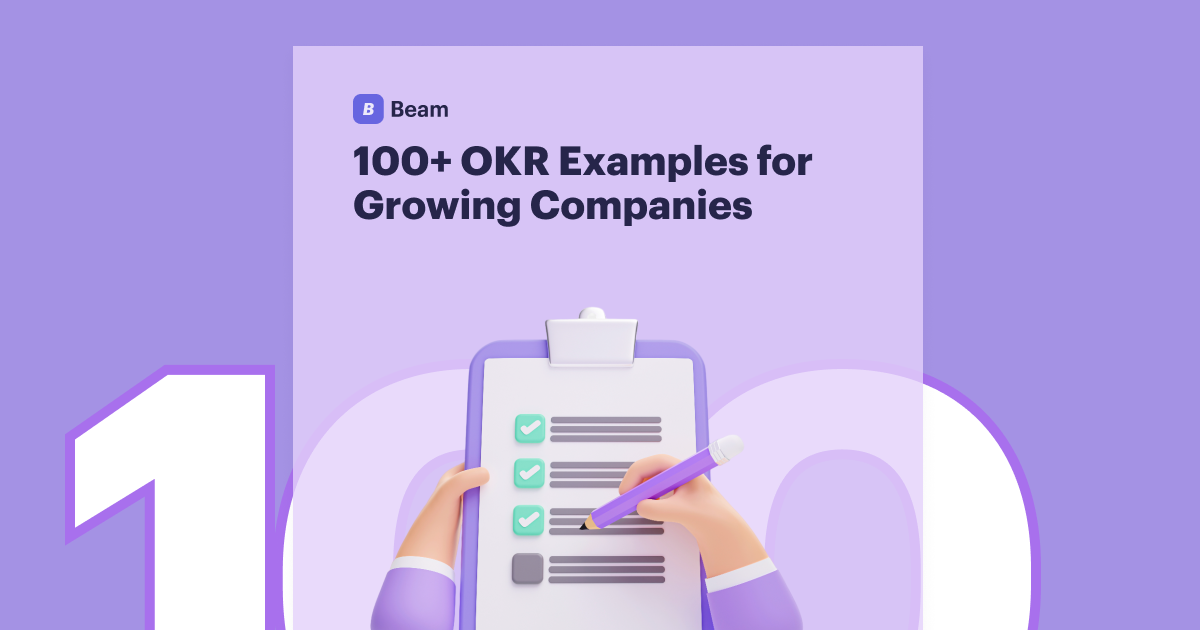The OKR Planning Process: From Brainstorming to Commitment
Setting OKRs isn't a one-person job; it's a collaborative process that requires clear steps to ensure buy-in and effectiveness. Here's a typical OKR planning process:
- Preparation (1-2 weeks before cycle start):
- Review Strategic Context: Leadership reiterates company mission, vision, and long-term strategic goals.
- Analyze Performance: Review results from the previous OKR cycle (if applicable), identifying successes, failures, and key learnings. Analyze current market conditions, competitive landscape, and internal performance data (AI can assist here – see Chapter 3).
- Identify Top Company Priorities: Leadership, usually with input from senior managers, identifies the 3-5 most critical focus areas for the upcoming cycle. These will form the basis of the Company OKRs.
- Review Strategic Context: Leadership reiterates company mission, vision, and long-term strategic goals.
- Company OKR Setting (1 week before cycle start):
- Draft Company OKRs: The leadership team, based on the identified priorities, drafts the overarching Company Objectives and their supporting Key Results.
- Review & Refine: These drafts are reviewed internally for clarity, ambition, and measurability. Seek input from key stakeholders. (AI prompts from Chapter 2 can help refine KR wording).
- Department/Team OKR Setting (Start of cycle):
- Communicate Company OKRs: The finalized Company OKRs are clearly communicated to all departments and teams.
- Team Brainstorming: Each department/team, understanding the Company OKRs, brainstorms its own Objectives and Key Results that directly contribute to the higher-level goals. This is where the concept of "cascading" (4.2) comes into play.
- Collaborative Drafting: Teams collaborate to draft their 3-5 Objectives and their associated Key Results. Encourage cross-functional discussions to identify potential dependencies.
- Manager Review & Guidance: Managers review team/individual OKRs to ensure alignment, ambition, and measurability. They provide coaching and feedback.
- Communicate Company OKRs: The finalized Company OKRs are clearly communicated to all departments and teams.
- Alignment & Negotiation (Early in cycle):
- Horizontal & Vertical Alignment Checks: Review OKRs across teams to identify potential overlaps, conflicts, or gaps in coverage. Ensure vertical alignment with company goals. (AI prompts from 4.2.1 can assist in identifying misalignments).
- Negotiation & Commitment: Through discussions, teams commit to their OKRs. This isn't just about agreeing, but truly owning the goals. Adjustments may be made during this phase to ensure realism and maximum impact.
- Horizontal & Vertical Alignment Checks: Review OKRs across teams to identify potential overlaps, conflicts, or gaps in coverage. Ensure vertical alignment with company goals. (AI prompts from 4.2.1 can assist in identifying misalignments).
- Finalization & Communication (End of planning phase):
- Finalize OKRs: All OKRs are finalized and documented in your chosen OKR management tool.
- Public Display: Make all OKRs visible to the entire organization. Transparency is key to alignment and accountability.
- Finalize OKRs: All OKRs are finalized and documented in your chosen OKR management tool.
Up Next
Start Over - Chapter 1
Chapter 9
Chapter 8
Chapter 7
Chapter 6
Chapter 5
Chapter 4
Chapter 3
Chapter 2

More OKR Resources

100+ OKR Examples
How do you create compelling presentations that wow your colleagues and impress your managers?
Check out examples

Free Feedback Framework Template
Linear helps streamline software projects, sprints, tasks, and bug tracking. Here’s how to get started.
Download free template




